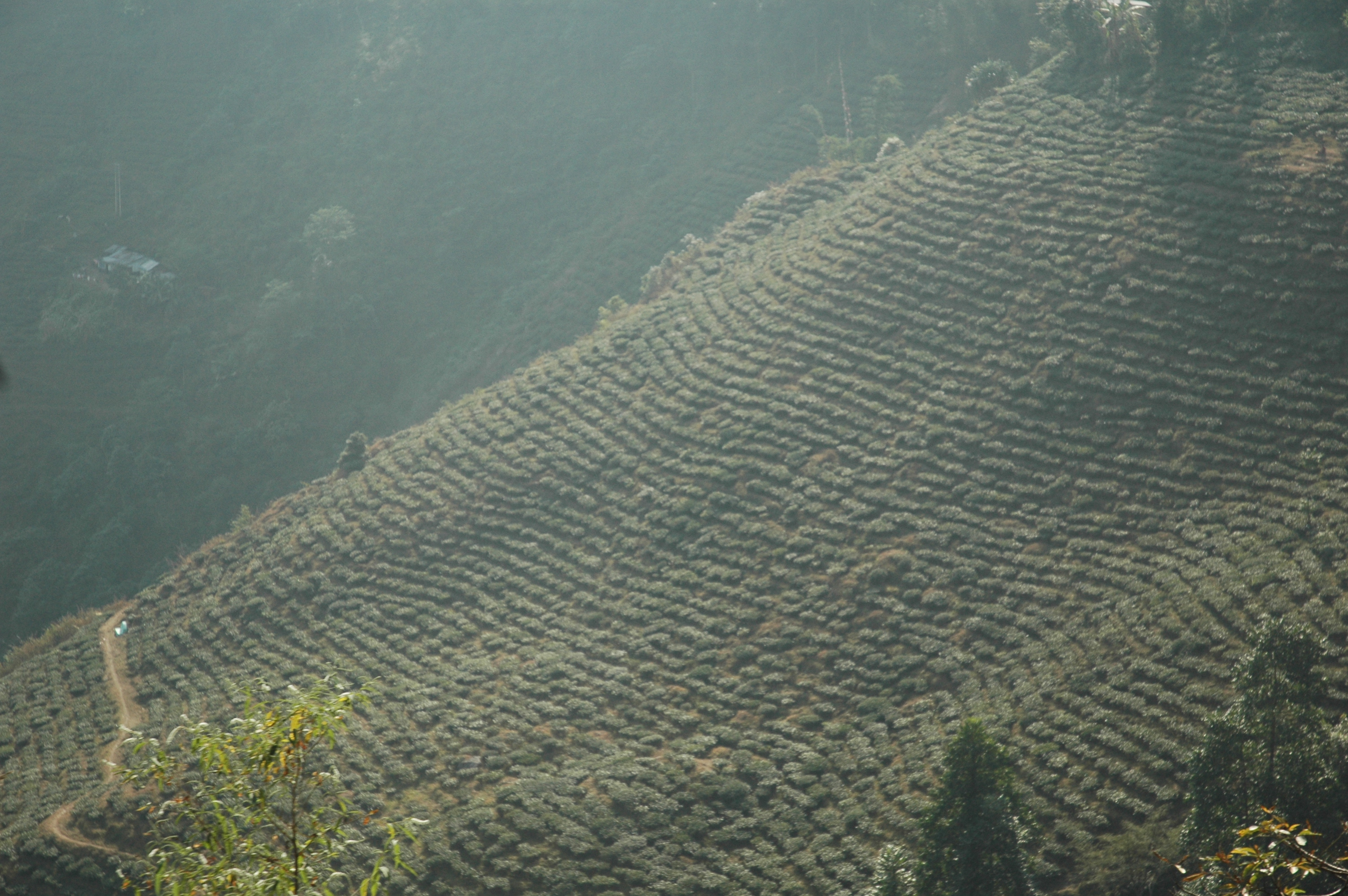Introduction
Tea is one of the most beloved beverages in the world, enjoyed across cultures for its rich flavors, deep traditions, and potential health benefits. Originating from the Camellia sinensis plant, true tea comes in six main varieties: white, green, yellow, oolong, black, and pu-erh. Each type is distinguished by its level of oxidation, processing methods, and unique flavor profiles.
From delicate, floral white teas to robust, malty black teas, every variety offers a different sensory experience. Understanding how oxidation and craftsmanship affect taste allows tea enthusiasts to appreciate each type fully. This guide will explore tea classifications, production techniques, regional specialties, brewing methods, and storage tips to help you make the most of your tea-drinking journey.
Understanding Tea Classifications
Tea is broadly classified into “true teas” and herbal infusions. True teas come from the Camellia sinensis plant and include white, green, yellow, oolong, black, and pu-erh teas. In contrast, herbal infusions are made from a variety of plants, flowers, and spices, such as chamomile, peppermint, and rooibos, and do not contain tea leaves.
The six main types of tea differ in their oxidation levels and processing methods. White tea is minimally processed and retains a delicate, floral flavor. Green tea is unoxidized, preserving its grassy, fresh taste. Yellow tea undergoes a slow drying process, resulting in a mellow, slightly sweet profile. Oolong tea is partially oxidized, offering a balance between green and black tea characteristics. Black tea is fully oxidized, giving it a bold, malty flavor. Pu-erh tea is aged and fermented, leading to deep, earthy notes.
| Tea Type | Origin | Oxidation Level | Flavor Profile |
|---|
| White | China | Minimal | Delicate, floral |
| Green | China, Japan | None | Fresh, grassy |
| Yellow | China | Light oxidation | Mellow, slightly sweet |
| Oolong | China, Taiwan | Partial | Complex, floral to roasted |
| Black | Global | Full | Bold, malty, astringent |
| Pu-erh | China | Fermented | Deep, earthy, smooth |
Oxidation Levels of Tea
White |---
Green |------
Yellow |---------
Oolong |---------------
Black |--------------------
Pu-erh |====================
The Six Main Tea Types
White Tea
White tea is the least processed of all true teas, undergoing only minimal withering and drying. This results in a light, floral taste with a delicate body and a smooth texture.
Green Tea
Green tea is quickly steamed or pan-fired after harvesting to prevent oxidation. This preserves its vegetal, grassy flavor and produces a crisp and refreshing cup with slight astringency.
Yellow Tea
Yellow tea undergoes a slow drying process that allows for slight oxidation, giving it a mellower taste than green tea with a soft sweetness and fuller body.
Oolong Tea
Oolong tea is partially oxidized, offering a diverse flavor profile ranging from floral and creamy to roasted and nutty, depending on the oxidation level and processing technique.
Black Tea
Black tea is fully oxidized, which creates a bold, malty flavor with a rich body and astringent finish. It is the most widely consumed tea globally.
Pu-erh Tea
Pu-erh tea is fermented and aged, leading to complex, deep flavors with earthy, woody, and sometimes sweet undertones. The aging process enhances its smoothness and depth over time.
Processing Methods and Oxidation
Tea processing consists of five fundamental steps: withering, rolling, oxidation, firing, and aging.
Plucking --> Withering --> Rolling --> Oxidation --> Firing --> Aging (for Pu-erh)
Regional Tea Varieties
| Tea Name | Origin | Processing Method | Distinctive Traits |
|---|
| Darjeeling | India | Partially oxidized | Floral, muscatel |
| Gyokuro | Japan | Shade-grown, steamed | Umami-rich, sweet |
| Tieguanyin | China | Partially oxidized | Floral, creamy |
| Assam | India | Fully oxidized | Malty, bold |
| Longjing | China | Pan-fired | Nutty, toasty |
| Sencha | Japan | Steamed | Grassy, fresh |
Brewing Techniques and Storage
| Tea Type | Optimal Brewing Temperature |
|---|
| White | 75-85°C (167-185°F) |
| Green | 70-80°C (158-176°F) |
| Yellow | 75-85°C (167-185°F) |
| Oolong | 80-90°C (176-194°F) |
| Black | 90-100°C (194-212°F) |
| Pu-erh | 90-100°C (194-212°F) |
Conclusion
Each tea type has a distinct profile shaped by its oxidation level, processing method, and brewing requirements. Experimenting with different teas and methods allows tea enthusiasts to discover new flavors and appreciate the diversity of tea.
Frequently Asked Questions
What is the difference between white tea and green tea?
White tea is minimally processed and has a delicate, floral taste, while green tea is steamed or pan-fired to prevent oxidation, resulting in a fresh, grassy flavor.
How should I store pu-erh tea?
Pu-erh tea should be stored in a cool, dry place with good air circulation. Unlike other teas, it benefits from aging and should not be stored in airtight containers.
What is the best temperature for brewing oolong tea?
Oolong tea is best brewed at 80-90°C (176-194°F) for optimal flavor extraction.
Which tea has the highest caffeine content?
Black and pu-erh teas generally contain the highest caffeine levels, ranging from 40-70 mg per cup.
Can I reuse tea leaves for multiple infusions?
Yes, high-quality loose-leaf teas such as oolong, pu-erh, and some green teas can be steeped multiple times, often revealing new flavors with each infusion.
How long can I store loose-leaf teas?
Most loose-leaf teas remain fresh for 6-12 months if stored properly in an airtight container away from light, moisture, and strong odors.



